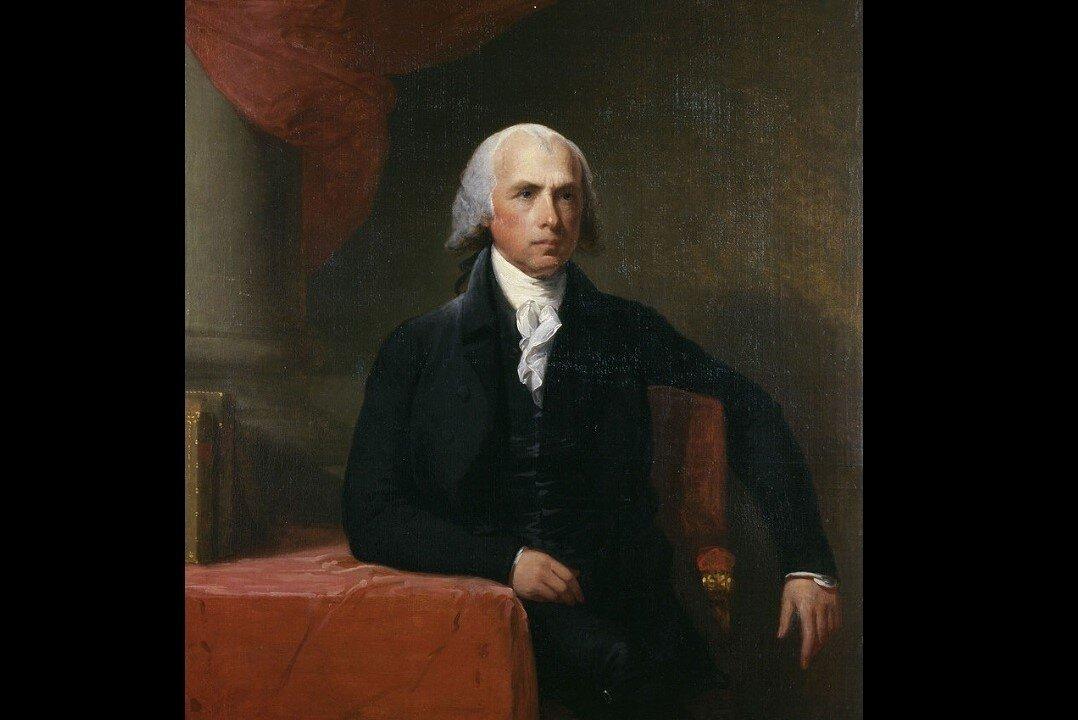The founding of America was instigated by a disagreement concerning the extent to which a monarchy could rule.
As King George III and the British Parliament passed acts restricting the freedoms of colonists and taxing them without representation, a number of colonists refused to submit to what they viewed as tyranny. America had assisted Great Britain during its Seven Years’ War against the French, where in America it was called the French and Indian War. Such sacrifice only confirmed that the American colonists should always enjoy the freedoms of British subjects, no different than those in England. However, the king viewed such an expense as the Seven Years’ War as protecting the colonists and should be paid, in part, by the financially successful American members of the British Empire. These opposing political philosophies would result in rebellion and military conflict.






